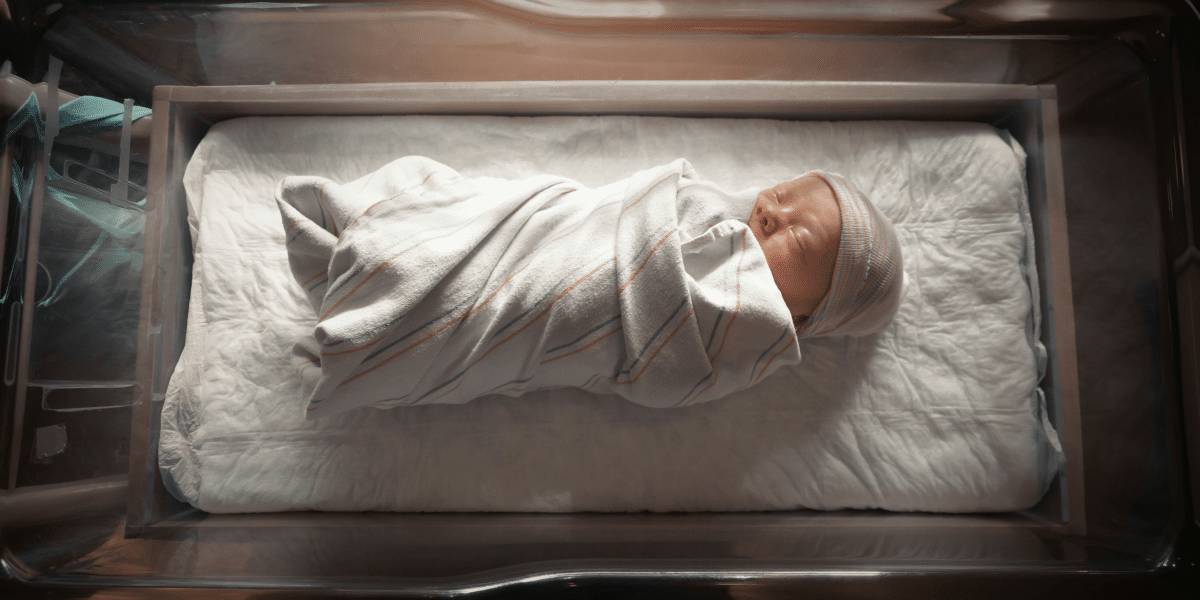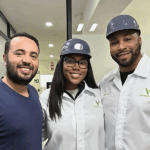Continuous Positive Airway Pressure (CPAP) therapy is a crucial intervention for newborns experiencing respiratory distress or breathing difficulties. Particularly for premature infants, CPAP for newborn can support their small, underdeveloped lungs to enhance oxygenation and promote lung maturity. This article delves into the essential practices for using CPAP in newborn care, offering insights into making this critical treatment both safe and effective.
CPAP therapy involves the use of mild air pressure to keep the lungs open, helping infants who cannot maintain adequate respiration on their own. This is especially vital in the Neonatal Intensive Care Unit (NICU), where the smallest patients often face the toughest starts to life. CPAP for newborn helps stabilize the baby’s oxygen intake, reduces the work of breathing, and prevents the collapse of airways.
Indications for CPAP Use in Newborns
- CPAP is typically recommended for newborns who:
- Exhibit signs of respiratory distress, including grunting, flaring nostrils, or chest retractions.
- Have a diagnosed condition like Respiratory Distress Syndrome (RDS) typically seen in premature infants.
- Require respiratory support following extubation (removal from mechanical ventilation).
Early intervention with CPAP for newborn children can significantly improve outcomes by decreasing the need for mechanical ventilation, which carries higher risks of complications like lung injury or chronic lung disease.
Essential Practices for CPAP Implementation
1. Choosing the Right Equipment: Ensure the CPAP device is pediatric-specific and fits properly. The nasal prongs or masks should be the correct size to prevent air leaks and skin damage.
2. Monitoring and Adjustments: Continuous monitoring is crucial to assess the effectiveness of therapy for CPAP newborns. Adjustments may be necessary based on the newborn’s respiratory effort, blood gas levels, and overall comfort.
3. Humidification of Air: Dry air can irritate the mucous membranes of a newborn’s airways. Using a humidifier with the CPAP machine helps keep the air moist and breathable, reducing the risk of nasal congestion and ensuring comfort.
4. Proper Hygiene Practices: Regular cleaning and sterilization of CPAP equipment are vital to prevent infections. Disposable or dedicated equipment for each newborn can help reduce cross-contamination risks.
5. Staff Training and Protocols: It is critical to ensure that all healthcare providers are well-trained in setting up and managing CPAP for newborn. Protocols should be in place to guide the initiation and escalation of care and handle emergencies.
6. Parental Involvement and Education: Parents should be informed and educated about the purpose and functioning of CPAP. This includes understanding how to observe for signs of distress and the importance of regular follow-up assessments.
7. Gradual Weaning: As the newborn’s condition improves, gradual weaning from CPAP may be considered. This should be done carefully under close supervision to ensure the infant can maintain adequate breathing without support.
8. Documentation and Continuous Improvement: Documenting all procedures and outcomes related to CPAP use is crucial for ongoing assessment and improvement of neonatal care practices.
Enhancing Caregiver Competence in CPAP for Newborn
The successful implementation of CPAP in neonatal care requires not only the right equipment but also a well-trained healthcare team. The intricacies of managing CPAP for newborn demand that all caregivers—from nurses to respiratory therapists—are thoroughly trained. This training should cover the operational aspects of CPAP machines, the nuances of adjusting pressure settings, and the critical observation skills needed to identify any signs of distress or discomfort in the newborn.
Comprehensive Training Programs
Investing in comprehensive training programs is essential for healthcare providers working with newborns CPAP. These programs should include hands-on simulation sessions, which help in familiarizing the team with emergency procedures and routine care scenarios. Moreover, refresher courses and continuing education are crucial to keep the care team updated on the latest advancements and practices in neonatal respiratory care.
- Family Education and Support
Educating the families of CPAP newborns requiring CPAP is another pivotal aspect of care. Parents and caregivers should be provided with detailed explanations about the reasons their child needs CPAP, how the equipment functions, and what symptoms they should watch for in case of complications. Support groups and educational materials can also be beneficial, offering both practical advice and emotional support to families navigating the challenges of having a newborn in intensive care.
- Creating a Supportive Environment
The environment in which CPAP for newborn is administered by B&B Medical should be optimized to support both the infant and the healthcare staff. This includes maintaining a quiet, calm setting that promotes healing and growth, as well as ensuring that all necessary supplies and equipment are readily accessible.
Adhering to these essential practices for CPAP use not only improves the immediate health outcomes for newborns but also supports their long-term developmental prospects. By focusing on thorough training, comprehensive family education, and the creation of a supportive care environment, healthcare providers can maximize the effectiveness of CPAP therapy, ensuring that CPAP newborns receive the possible start in life.
Published by: Holy Minoza

















